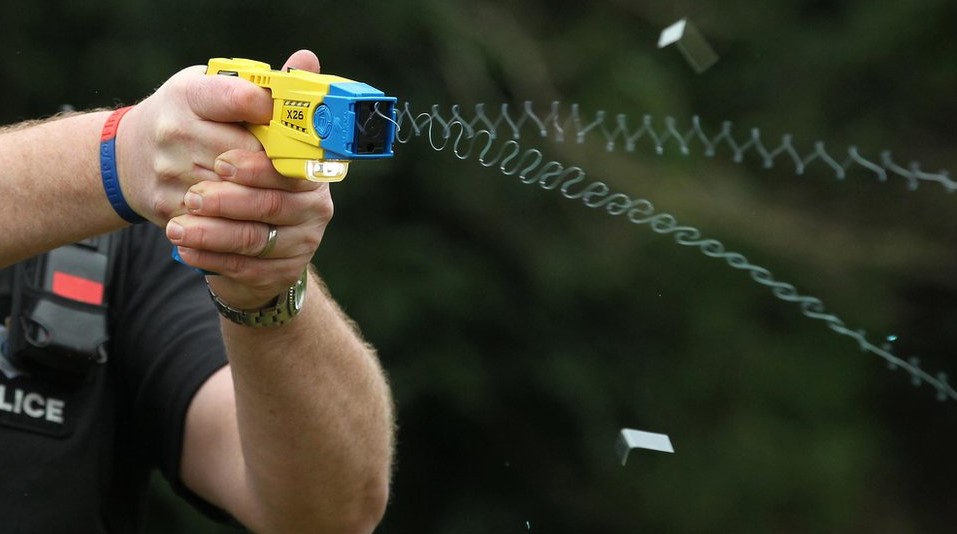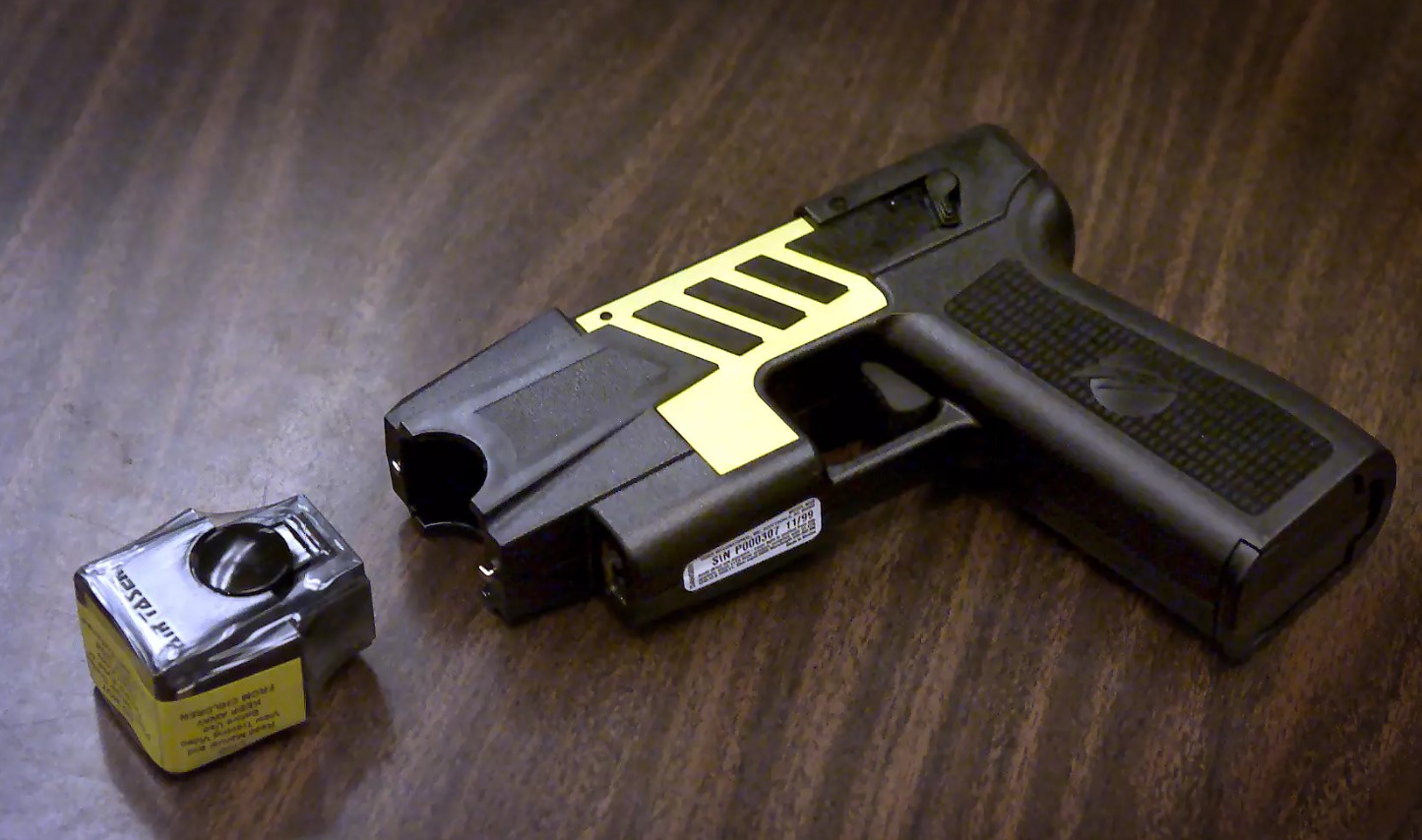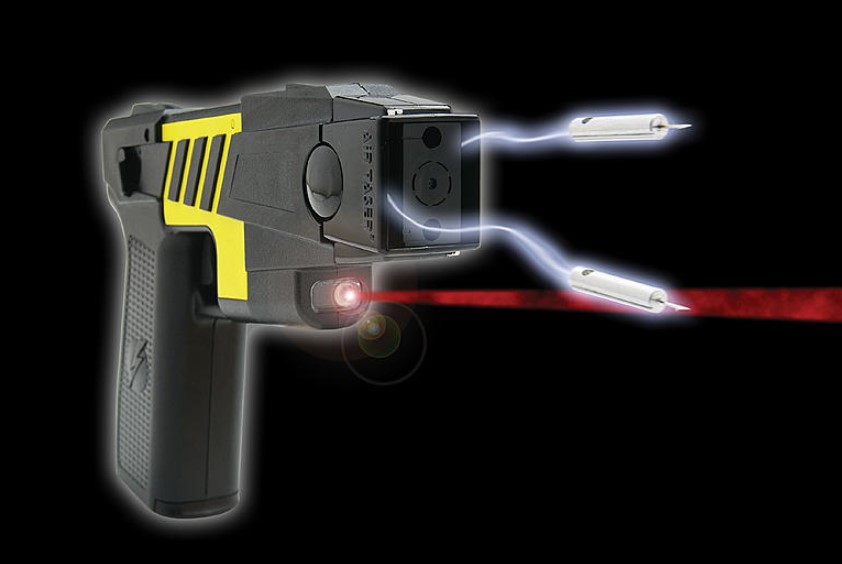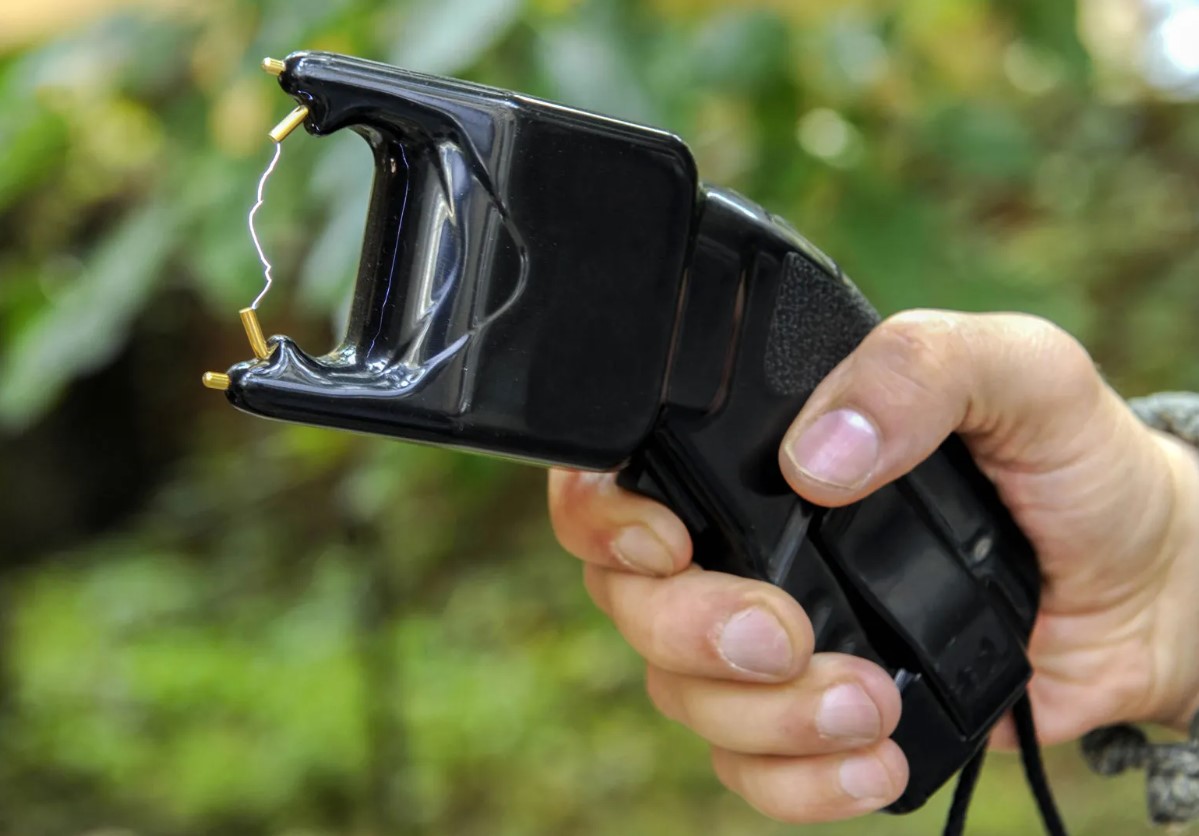Butterfly knives, also known as balisongs, are folding pocket knives with two handles that counter-rotate around the tang, allowing the blade to be concealed within the handles when closed. They have a long history of being used for utility, martial arts, and as collector’s items. However, due to their association with certain criminal activities in the past, laws regulating their ownership and use vary significantly across jurisdictions. In this article, we will explore the legality of butterfly knives in Texas, including historical context, recent legislative changes, and important restrictions that knife owners should be aware of. Follow: self-defensetools.com!
Historical Context of Knife Laws in Texas
Texas has a storied history when it comes to knife laws. Prior to 2013, the state had strict regulations prohibiting certain types of knives, including switchblades and butterfly knives. These laws were largely influenced by the perceived association of such knives with criminal activity. However, over time, there was growing recognition that many knife laws were outdated and unfairly targeted responsible owners and collectors.
In 2013, Texas lawmakers passed House Bill 1862, which significantly altered the legal landscape for knife enthusiasts. This bill removed restrictions on switchblades and, by extension, butterfly knives, making it legal to possess, manufacture, sell, and transport these items within the state. The move was part of a broader effort to modernize Texas weapon laws and align them with the rights guaranteed under the Second Amendment.
Current Legal Status of Butterfly Knives in Texas
As of today, butterfly knives are legal in Texas. The 2013 legislative changes repealed prohibitions on these knives, allowing individuals to own and carry them without fear of criminal penalties. However, it is crucial to note that while butterfly knives are generally legal, certain restrictions and regulations still apply.
Blade Length Restrictions
Texas law categorizes knives based on their blade length. Any knife with a blade longer than 5.5 inches is considered a “location-restricted knife.” While possession of location-restricted knives is not inherently illegal, carrying them in certain areas is prohibited. Examples of such restricted locations include:
- Schools and educational institutions.
- Places of worship.
- Government buildings.
- Courthouses.
- Airports.
- Establishments deriving more than 51% of their income from alcohol sales.
- Public amusement parks.
For butterfly knives, which often have blade lengths under 5.5 inches, these location-based restrictions may not apply. However, owners of larger butterfly knives must exercise caution when carrying them in public spaces.
Restrictions for Minors
Texas Penal Code §46.06 imposes specific restrictions on minors under the age of 18 regarding knife possession. It is illegal to intentionally or knowingly sell, give, or offer a location-restricted knife to a minor without written consent from a parent or guardian. This means that while butterfly knives are generally legal, minors must adhere to stricter rules.
Parents and guardians are encouraged to educate minors about the responsible use of knives and ensure they understand the laws governing their possession and use.

Prohibited Uses of Butterfly Knives
Even though butterfly knives are legal to own and carry in Texas, their misuse can lead to severe legal consequences. Under Texas law, a knife can be classified as a deadly weapon if used or exhibited during the commission of a crime. For example:
- Assault or Threats: Using a butterfly knife to threaten or harm another person can result in criminal charges ranging from assault to aggravated assault with a deadly weapon.
- Property Crimes: Employing a knife to intimidate someone during a robbery or burglary can elevate the severity of charges and lead to enhanced penalties.
- Public Safety Violations: Brandishing or recklessly displaying a knife in public can be construed as disorderly conduct or creating a public disturbance.
Knife owners should always use their tools responsibly and be mindful of how their actions may be perceived by others.
Butterfly Knives in Self-Defense
Texas law permits the use of reasonable force, including the use of a weapon, in self-defense. However, the circumstances under which deadly force is justified are limited. According to Texas Penal Code §9.31 and §9.32, individuals may use force to protect themselves or others if they reasonably believe it is immediately necessary to prevent harm.
Using a butterfly knife in self-defense is permissible under these laws, provided that the use of force is proportionate to the threat faced. It is advisable to undergo proper training in self-defense techniques and understand the legal implications of using a weapon in such situations.
Collecting Butterfly Knives
For many enthusiasts, butterfly knives are more than just tools — they are collectibles that showcase craftsmanship and design. Collectors in Texas enjoy the freedom to buy, sell, and trade butterfly knives without legal barriers. Knife shows and online marketplaces are popular venues for acquiring rare or custom-made pieces.
When engaging in such activities, collectors should verify that their purchases comply with state and federal laws. For instance, transporting butterfly knives across state lines may be subject to different regulations, and buyers should be aware of any restrictions that apply in their destination states.
Federal Regulations and Interstate Travel
While Texas law permits the ownership and carry of butterfly knives, federal regulations may come into play in certain situations. The Federal Switchblade Act, for example, prohibits the interstate commerce of switchblades, which can include butterfly knives, under specific conditions. However, exceptions exist for one-handed opening knives and knives intended for use by members of the armed forces or other government agencies.
When traveling with butterfly knives, it is important to research the laws of other states and municipalities. Some states, such as California and New York, have stricter knife laws that may prohibit the possession or carry of butterfly knives altogether.
Tips for Responsible Knife Ownership
To ensure compliance with Texas law and promote safe knife ownership, consider the following tips:
- Know the Law: Stay informed about current knife laws and regulations at the state and local levels. Laws can change, and ignorance is not a valid defense.
- Be Mindful of Blade Length: Measure your butterfly knife’s blade to determine whether it qualifies as a location-restricted knife.
- Avoid Restricted Areas: Do not carry knives into prohibited locations, such as schools, courthouses, or establishments with alcohol sales exceeding 51% of their revenue.
- Exercise Caution in Public: Avoid brandishing or displaying knives in a manner that could alarm others or attract unwanted attention.
- Educate Minors: If you are a parent or guardian, teach minors about responsible knife ownership and ensure they understand the legal restrictions that apply.
- Maintain Your Knife: Regularly clean and inspect your butterfly knife to ensure it functions safely and effectively.
- Seek Training: Consider taking a self-defense class or knife handling course to develop the skills needed to use your knife responsibly.
Conclusion
In Texas, butterfly knives are legal to own and carry, thanks to progressive changes in the state’s weapon laws. However, responsible ownership requires an understanding of the restrictions and regulations that govern their use. By adhering to blade length limits, avoiding restricted areas, and using knives responsibly, enthusiasts can enjoy their butterfly knives without running afoul of the law.
As laws can change, it is always a good idea to consult legal resources or speak with an attorney if you have questions about knife laws in Texas. With proper knowledge and care, butterfly knife owners can continue to appreciate these unique and versatile tools in compliance with state and federal regulations.
Related Posts: Are Butterfly Knives Illegal in California? A Comprehensive Guide









